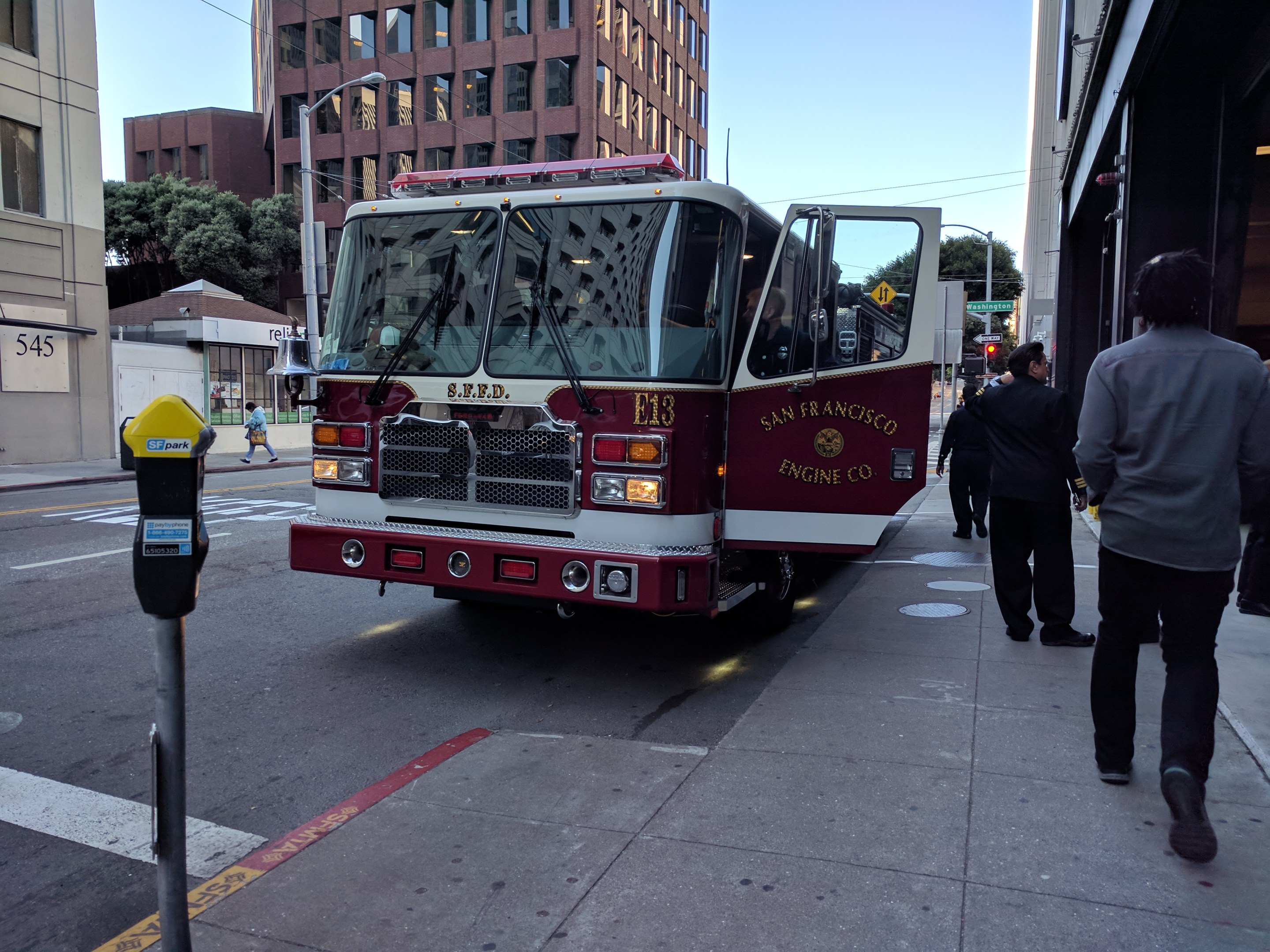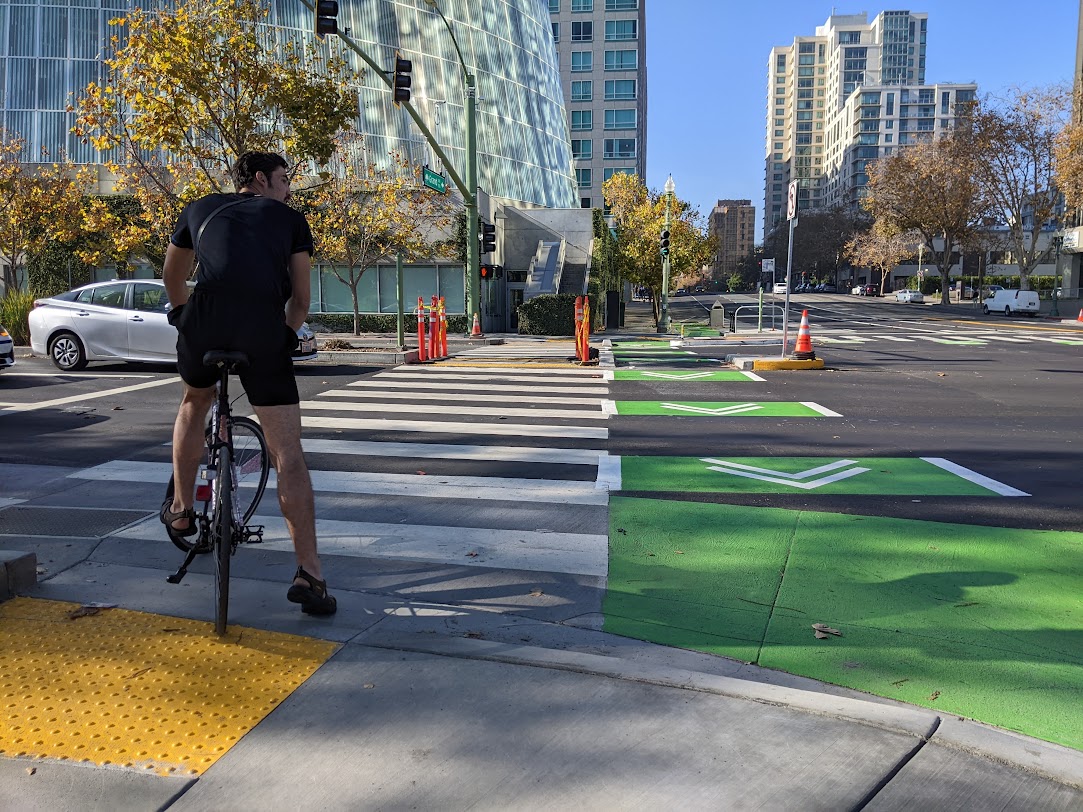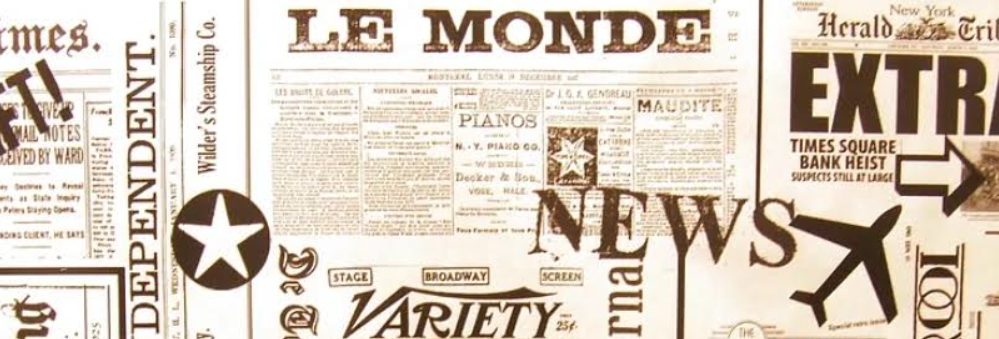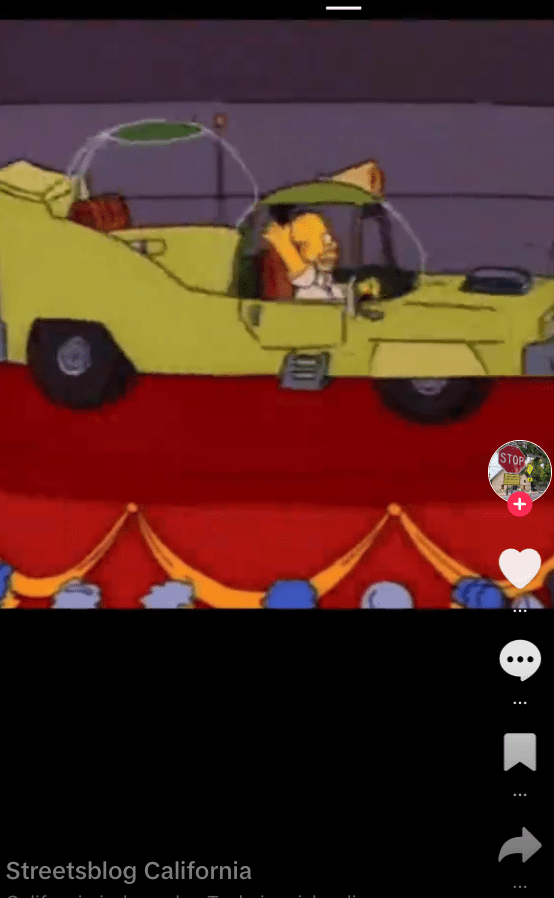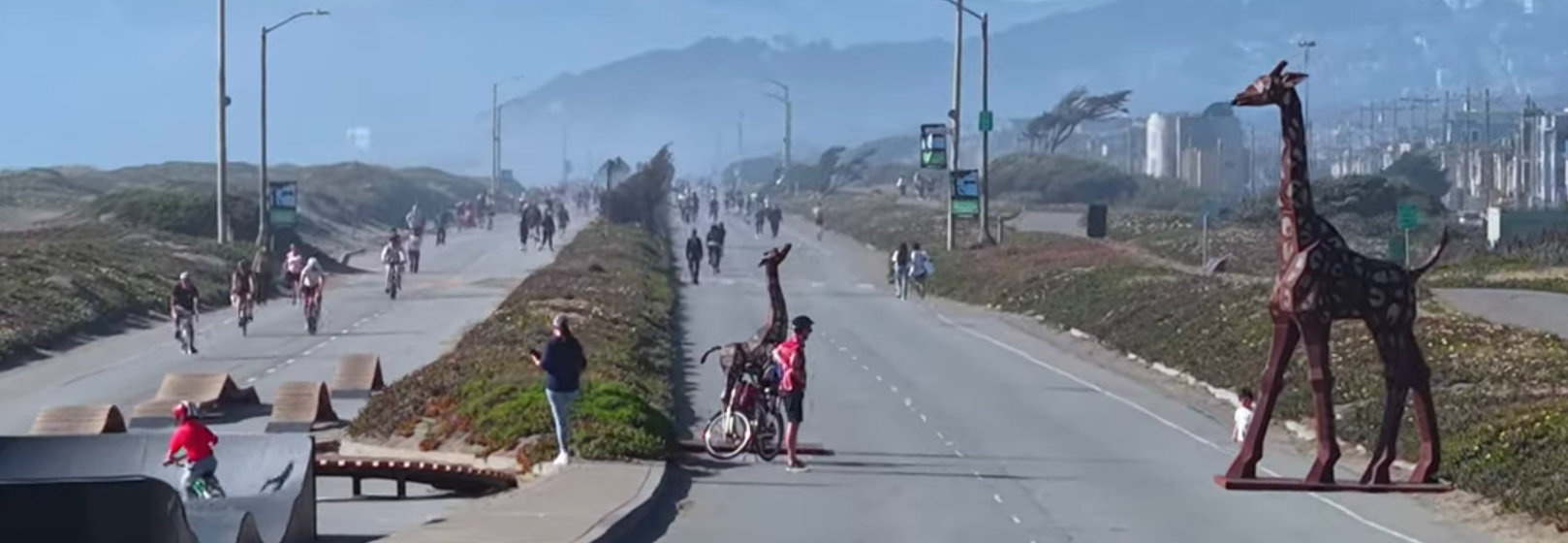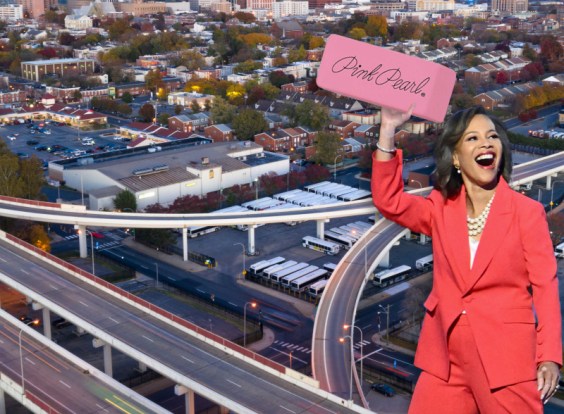When cyclists and pedestrians get mashed by errant drivers, it's fire departments and Emergency Medical Technicians who witness first-hand the horrific results of dangerous streets. So why doesn't it follow that city fire departments are 100 percent supportive of street safety measures?
That's the question behind "Safety vs. Safety: Understanding and Overcoming Conflicts between Street Safety and Fire and Emergency Response Description," a soon-to-be-released study from UC Berkeley and the Center for Pedestrian and Bicyclist Safety. "How do you change department culture?" asked Zachary Lamb, Assistant Professor of City & Regional Planning at UC Berkeley, and one of the study authors, during a presentation Wednesday morning about the research.
The study authors looked at Austin, Baltimore, Nashville, and, of course, Berkeley, to figure out what works and what does with efforts to get fire departments on board with bike lanes and other street safety measures. An overarching goal is to get fire departments to shift to 'street trauma prevention', the way they try to prevent building fires instead of just putting them out.
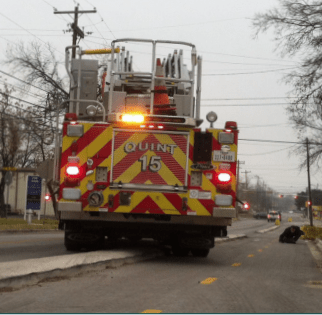
The first city discussed was Austin, Texas, which is often cited as a good example of how to get American fire departments on board. Lamb explained how that city developed templates for mountable curbs, so Austin fire trucks can use the bike lanes to maneuver and bypass traffic. That grew in part out of a 2019 trip with Austin's transportation officials and firefighters to the Netherlands. There, they studied how Dutch cities deal with emergency response. Lamb explained that another advantage in Austin that other cities can emulate is to have separate dispatch for EMTs and fire trucks, so the city isn't sending huge ladder trucks to deal with medical emergencies.
Next, Lamb gave an overview of the experience in Baltimore with the Potomac Street protected cycle track. Baltimore, of course, has narrower streets and is an older city, perhaps more culturally set in its ways. Despite the vast majority of the city supporting better bike lanes and pedestrian safety, the fire department there turned out to be a real impediment. "It has a historic department with a strong union," said Lamb, adding that "many firefighters live outside of Baltimore."
He added that the mayor was beholden to the firefighting union, which opposed the lanes. But because of the hard and consistent work of advocates (see note at end) and a supportive population, "ultimately, the city council repealed portions of the fire code, because they had such a hard time getting the Baltimore Fire Department to provide alternatives." But he said it was always difficult "...to move the project forward" and that the whole experience exposed a toxicity between the fire department and the DOT.
Speaking of toxicity, there was the failed Hopkins project in Lamb's own backyard of Berkeley. "Hopkins originated from a call to do a place-making streetscape," he explained. But older residents of Berkeley and merchants pushed back against protected bike lanes. As Streetsblog readers know, most of this came down to objections to the loss of parking to create a safe bike space. But fire department concerns were also part of the issue, with demands for "clear widths" to maneuver fire trucks and claims that they would be impeded by bike lanes.
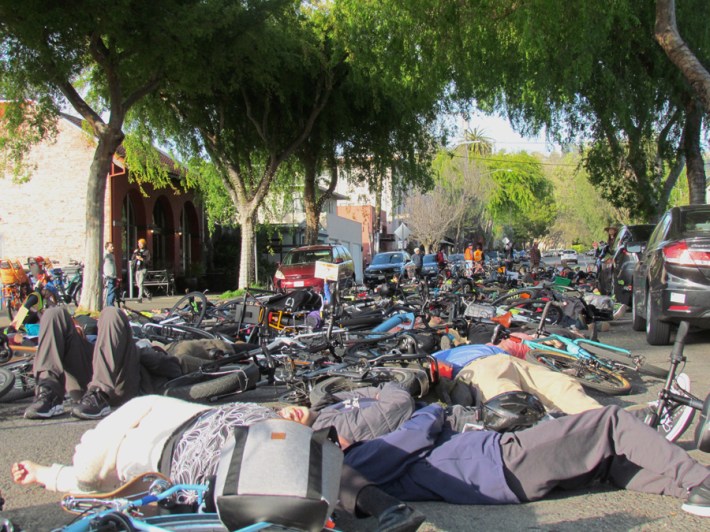
So what's the takeaway of studying these three cities and Nashville? Lamb mentioned several, including creating joint committees with DOTs and fire officials, especially the EMTs, to foster a culture of crash prevention and cooperation. After the Hopkins experience, Berkeley created a street trauma prevention program with a position inside the fire department.
The study, explained Lamb, has several other recommendations for cities to try and prevent DOT vs. Fire Department conflicts. Many are just practical, such as setting up mock-ups of street designs and having the fire department bring their trucks to test maneuvering through and around them. This and other measures can help avoid a "shut the door and say 'no'" attitude. From this, cities can develop a guide of "pre-approved design elements" that the fire department helps create. If budgets permit, purchasing smaller, "Vision Zero" trucks (as seen in the lead image) help make street designs easier to implement. And obviously, if a fire chief is down for it, an Austin-style joint tour of the Netherlands can't hurt either.
But at the end of the day, some things go beyond fire department issues, which are sometimes just a Red Herring. It still takes sustained advocacy and political support to get streets fixed. Sometimes it's just not possible to overcome careerist city councilmembers and other politicians who aren't committed to safe streets.
"Projects need consistent support," said Lamb. "If fire departments are hearing from the city council and mayors that safe streets are a priority that we need to figure out how to make work—well, that can be really motivating."
Check this link soon for the completed report.
Note: Streetsblog's own Damien Newton lived in Baltimore during the Potomac Street fight and was one of those advocates. So thanks Damien!
